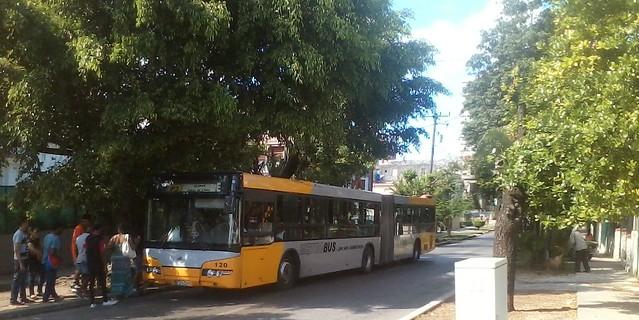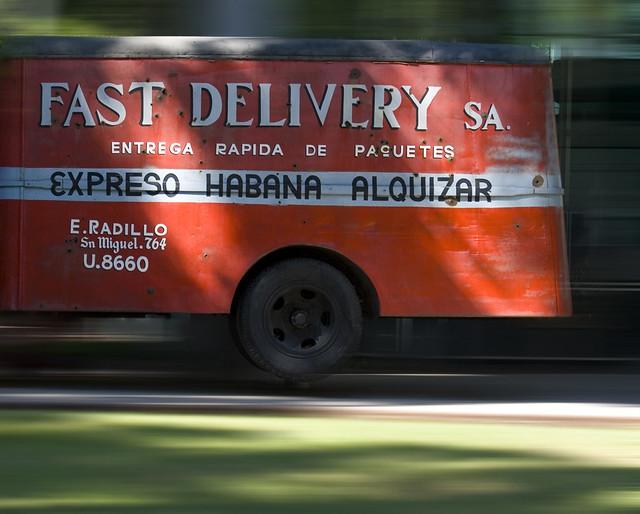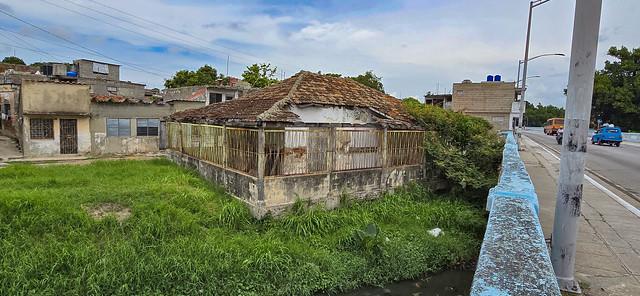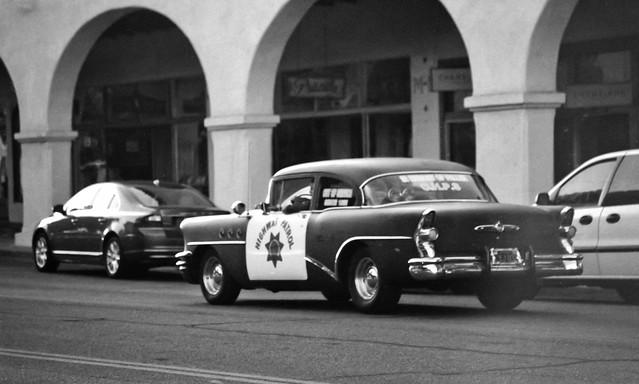
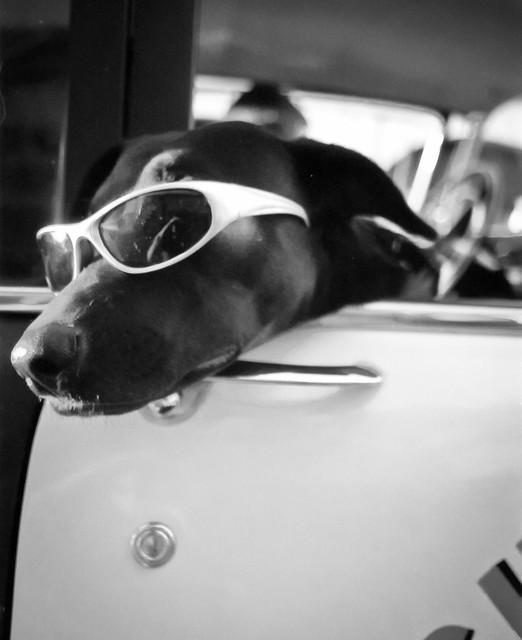
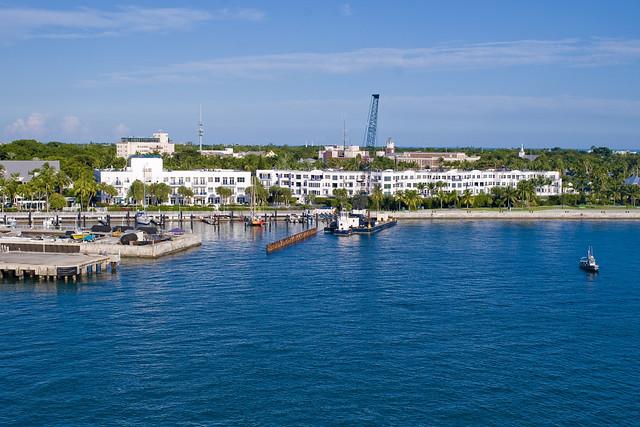
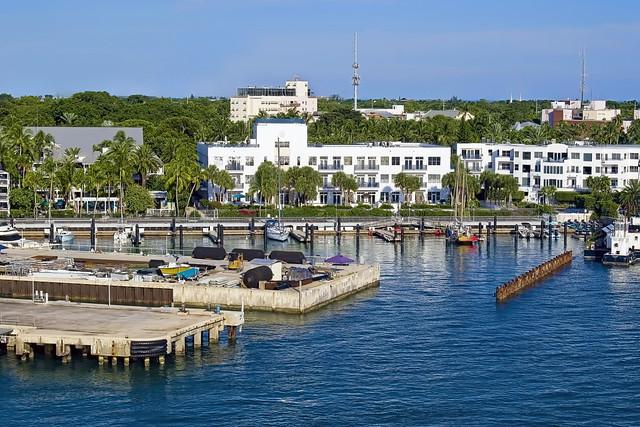
Havana
Overview
Historical Significance
Havana, the capital of Cuba, is a city steeped in history, with its origins dating back to 1519. The heart of Havana, known as La Habana Vieja (Old Havana), is a UNESCO World Heritage site, showcasing stunning colonial architecture and a vibrant urban tapestry. Walking through its cobblestone streets, visitors can marvel at baroque and neoclassical buildings that tell stories of the city’s past, including the majestic Castillo del Morro, a fortress guarding the entrance to the harbor. The city’s rich history is further highlighted by the iconic Plaza de la Catedral, dominated by the stunning baroque Catedral de la Habana, where the spirit of colonial times still lingers.
Cultural Atmosphere
Havana pulsates with an infectious energy that embodies the essence of Cuban culture. The air is filled with the sounds of salsa music, the laughter of locals, and the rhythm of life unfolding at every corner. Street performers often entertain crowds with lively dance and music, a testament to the island's rich artistic heritage. The Malecón, a picturesque seawall stretching along the coast, serves as a gathering place for locals and tourists alike, especially during sunset when the sky transforms into a canvas of vibrant colors.
Art and Literature
This city is also a haven for artists and writers, with numerous galleries, theaters, and cultural venues that celebrate the island's creative spirit. The Museo Nacional de Bellas Artes houses an impressive collection of Cuban art, while the Fabrica de Arte Cubano is a contemporary cultural hotspot, showcasing local talent in an eclectic setting. Literature lovers will appreciate the legacy of famous writers such as Ernest Hemingway, who lived in Havana and frequented places like La Bodeguita del Medio and El Floridita, where they can still enjoy a mojito or daiquiri in his honor.
Local Characteristics
Havana’s neighborhoods each have their unique personality. The vibrant streets of Centro Habana are a melting pot of cultures, where colorful murals and vintage cars create a nostalgic yet lively atmosphere. Vedado, known for its modern architecture and bustling nightlife, contrasts with the more traditional vibes of Old Havana. Here, visitors can explore local markets, such as the Mercado de San José, where artisans sell handmade crafts, and sample authentic Cuban cuisine, from ropa vieja to tostones, in family-run paladares (private restaurants).
Transportation and Connectivity
Navigating Havana can be an adventure in itself. Classic American cars from the 1950s dominate the streets, providing a nostalgic mode of transport for tourists eager to experience the city in style. There are also bike taxis and local buses, though walking is often the best way to soak in the vibrant street life. Engaging with locals is encouraged, as Cubans are known for their warmth and hospitality, often eager to share stories and recommend hidden gems off the tourist track.
Festivals and Celebrations
Havana’s calendar is filled with festivals that celebrate the city’s rich cultural heritage. The Havana International Jazz Festival, held annually, attracts musicians and enthusiasts from around the globe, while the Havana Film Festival showcases Cuban and international cinema. Visitors can also partake in the lively carnival celebrations, where streets come alive with colorful parades, music, and dance, offering a true taste of the local spirit.
Whether you are wandering through the historic streets of Old Havana, sipping on a classic Cuban cocktail, or dancing the night away to the rhythms of salsa, Havana promises an unforgettable experience that leaves a lasting impression on every traveler.
Other towns or cities you may like in Cuba
Explore other cities that share similar charm and attractions.



